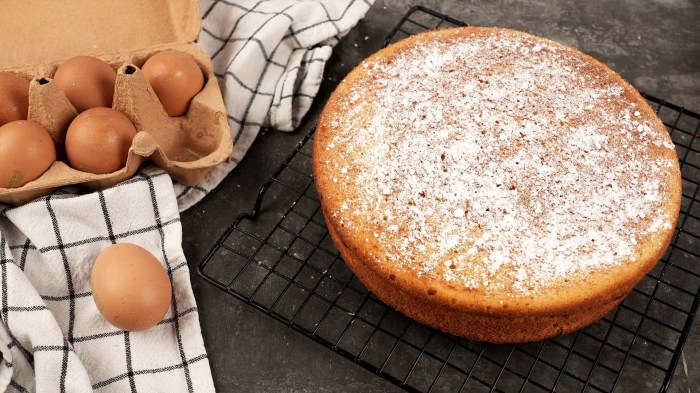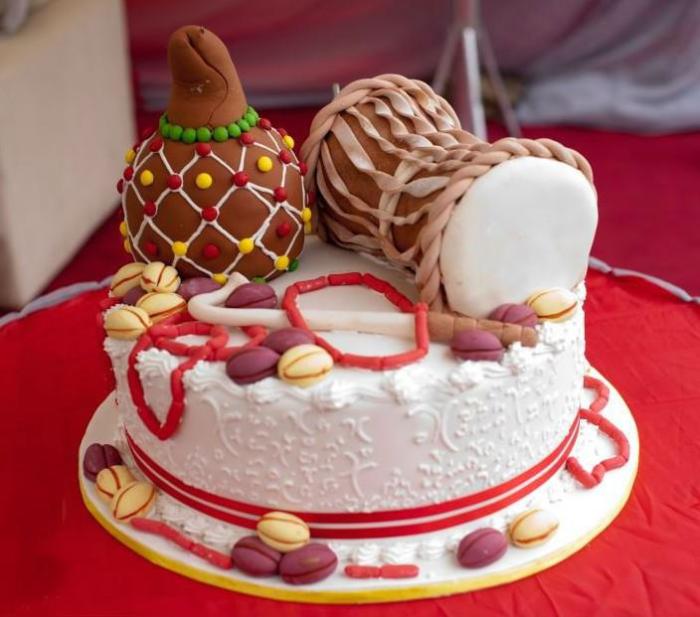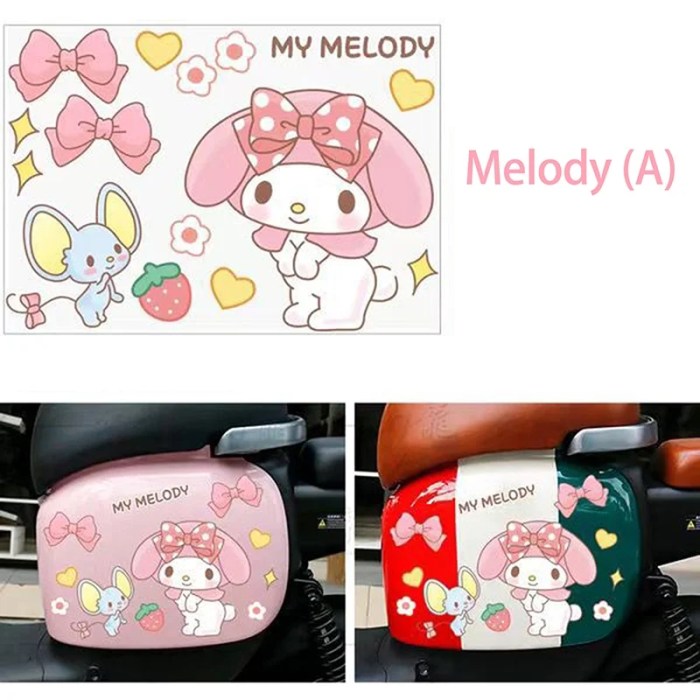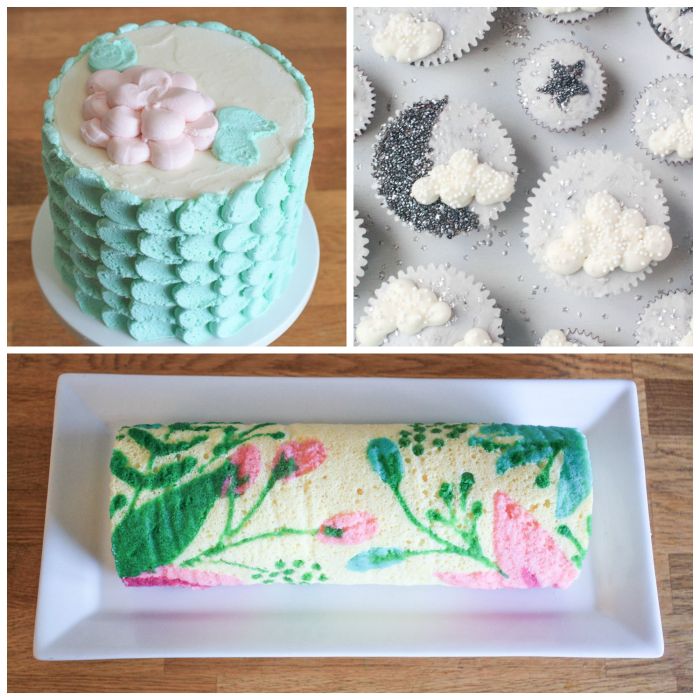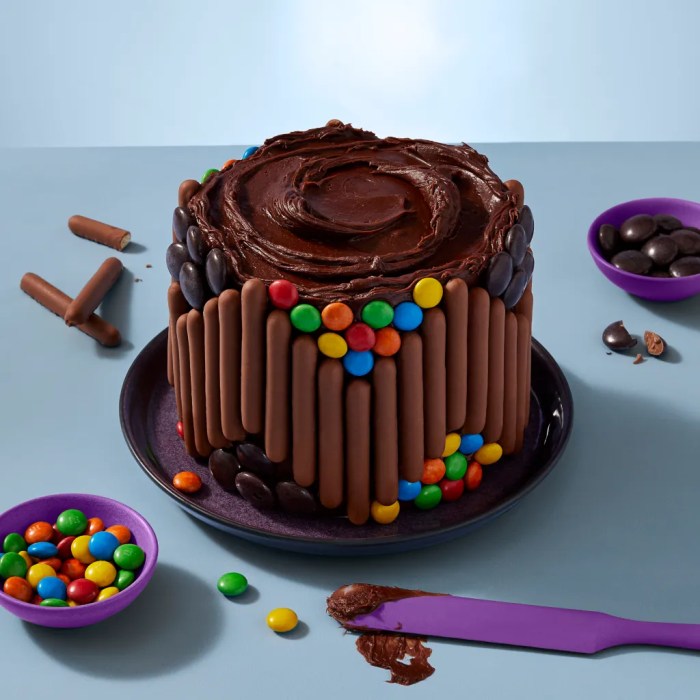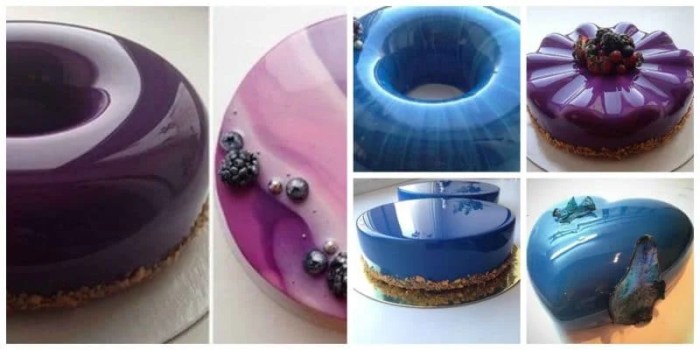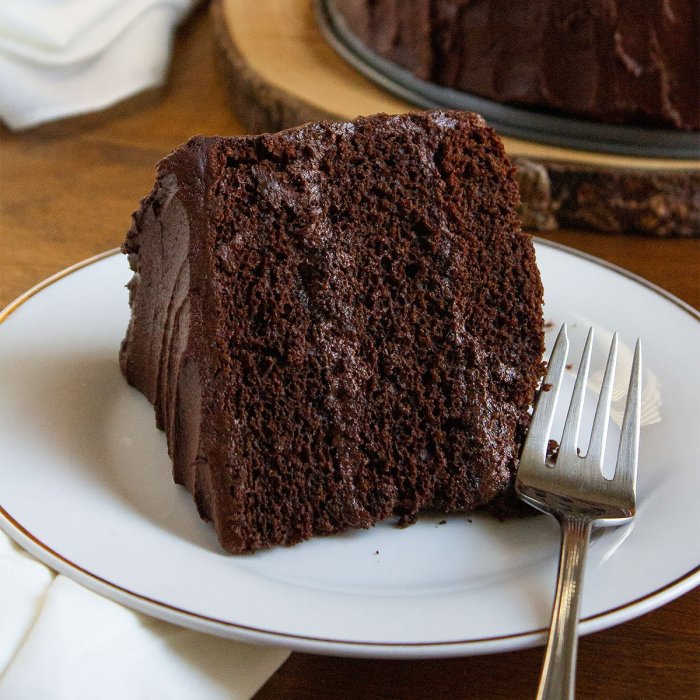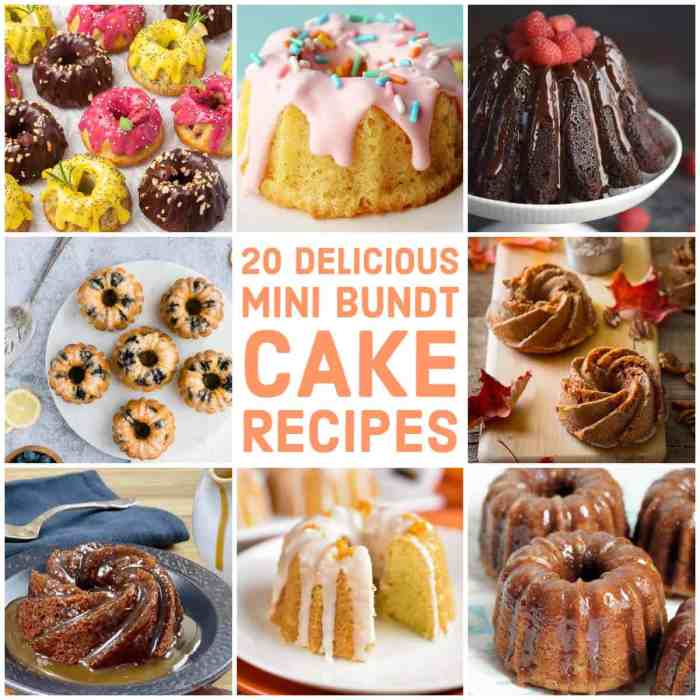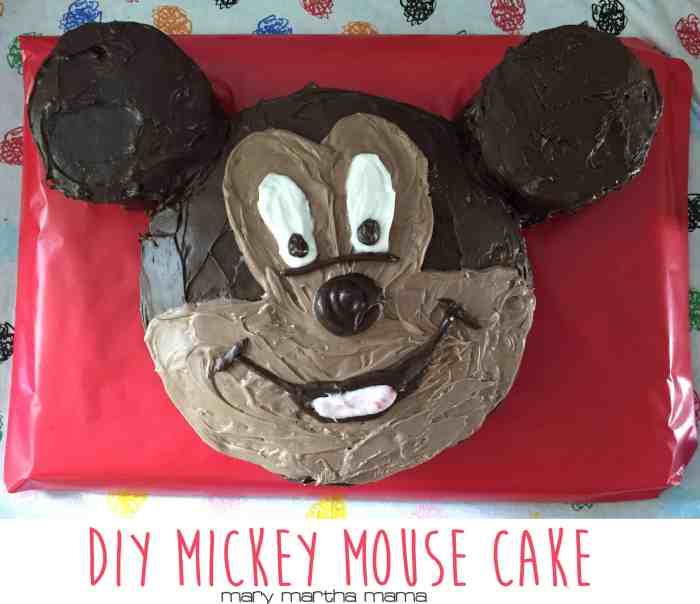Decorate Nigerian Cakes: A Guide to Traditional Designs
How to decorate Nigerian cakes sets the stage for this enthralling narrative, offering readers a glimpse into a world where artistry and tradition intertwine to create edible masterpieces. Nigerian cake decorating is not just about creating beautiful designs; it’s about celebrating cultural heritage, capturing moments of joy, and expressing creativity through a medium that brings people together.
From vibrant colors and intricate patterns to symbolic elements and modern interpretations, Nigerian cake decorating is a captivating art form that reflects the country’s rich history and dynamic culture. This guide will delve into the essential techniques, popular designs, and inspiring trends that make Nigerian cake decorating so unique and captivating.
Decorative Elements
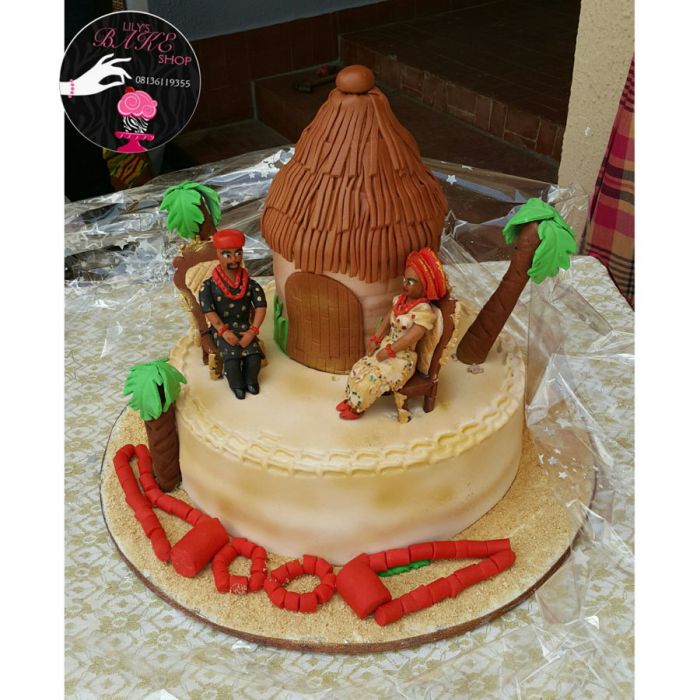
Decorative elements play a vital role in elevating Nigerian cakes from simple treats to works of art. These elements add visual appeal, personalize the cake, and reflect the occasion it celebrates.
Edible Flowers
Edible flowers are increasingly popular in Nigerian cake decorating. They add a touch of elegance and natural beauty. These flowers are carefully selected for their vibrant colors, delicate textures, and unique flavors. Popular choices include:
- Hibiscus:Known for its vibrant red and pink hues, hibiscus adds a tropical touch to cakes.
- Rose:Rose petals, in various shades of pink and red, offer a classic and romantic touch.
- Lavender:Lavender flowers, with their calming purple color and fragrant aroma, bring a touch of serenity to cakes.
- Pansies:Pansies come in a variety of colors and patterns, adding a whimsical touch to cakes.
Edible flowers are typically used as cake toppers, garnishes, or incorporated into intricate floral arrangements on the cake’s surface.
Fondant Figures and Other Decorative Elements, How to decorate nigerian cake
Fondant figures are three-dimensional creations made from fondant, a pliable sugar paste. These figures can depict characters, animals, objects, or even abstract designs. They are often used to create personalized cake toppers, adding a playful and unique touch to the cake.
- Character Figures:Popular choices include cartoon characters, superheroes, and fairytale figures. These figures are especially appealing for children’s birthday cakes.
- Animal Figures:Fondant animals, like elephants, giraffes, and lions, add a whimsical touch to cakes, especially those themed around nature or animals.
- Objects:Fondant figures can also represent objects like hearts, stars, or even wedding rings, adding a symbolic touch to cakes.
Other decorative elements commonly used in Nigerian cake decorating include:
- Sugar Pearls:Small, round sugar pearls add a touch of sparkle and texture to cakes.
- Sprinkles:Sprinkles come in a wide variety of colors, shapes, and sizes, adding a playful touch to cakes.
- Chocolate Decorations:Chocolate shavings, curls, or molds can be used to create elegant and decadent decorations.
Custom Cake Toppers
Custom cake toppers are a unique way to personalize cakes and reflect the occasion or the recipient’s interests. These toppers can be created using various materials, including:
- Fondant:Fondant is a versatile material for creating custom cake toppers, allowing for intricate designs and personalized details.
- Sugar Paste:Similar to fondant, sugar paste can be molded and shaped to create custom toppers.
- Acrylic:Acrylic toppers are durable and can be customized with laser engraving or painting. They are ideal for adding a modern touch to cakes.
- Wood:Wooden toppers can be carved or engraved with personalized messages or designs, offering a rustic and unique look.
The creation process for custom cake toppers involves:
- Concept Development:The baker and the customer collaborate to develop a unique concept for the topper, considering the occasion, theme, and the recipient’s preferences.
- Material Selection:The baker chooses the appropriate material based on the design complexity, durability requirements, and the overall aesthetic of the cake.
- Design and Creation:The baker creates the topper using the chosen material, paying close attention to detail and ensuring it complements the cake’s design.
- Finishing Touches:The baker adds finishing touches, such as painting, embellishments, or personalized messages, to complete the topper.
Final Conclusion: How To Decorate Nigerian Cake
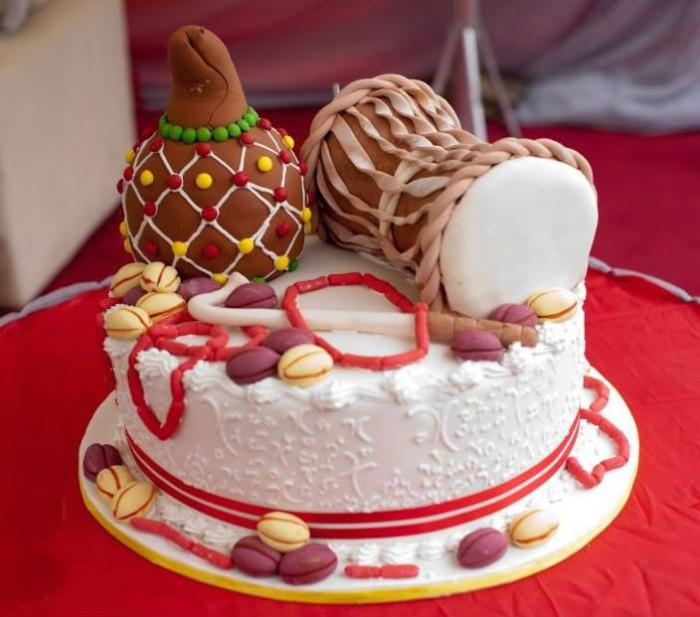
As you embark on your journey to decorate Nigerian cakes, remember that the most important ingredient is your passion. Embrace the cultural significance, experiment with different techniques, and let your creativity flourish. Whether you’re a seasoned baker or a curious beginner, the world of Nigerian cake decorating offers endless possibilities for creating beautiful and meaningful edible works of art.
Query Resolution
What are some popular Nigerian cake flavors?
Nigerian cakes often feature flavors like vanilla, chocolate, and fruitcake, often with a touch of spice or coconut.
What are some common mistakes to avoid when decorating Nigerian cakes?
Common mistakes include using too much frosting, uneven icing application, and not allowing enough time for the frosting to set properly.
Where can I find cake decorating classes in Nigeria?
Many baking schools and community centers offer cake decorating classes in Nigeria. You can also find online resources and tutorials.

